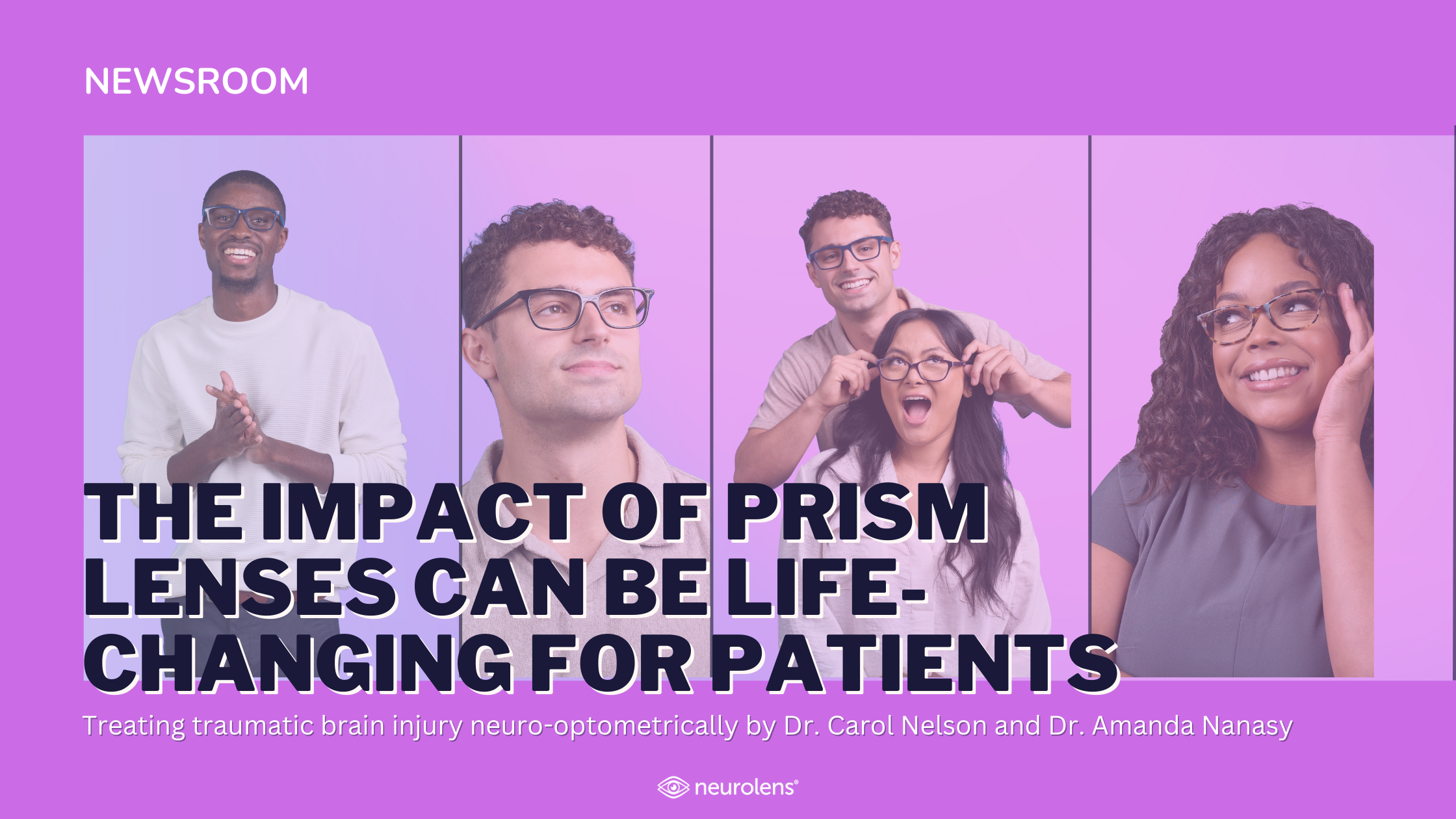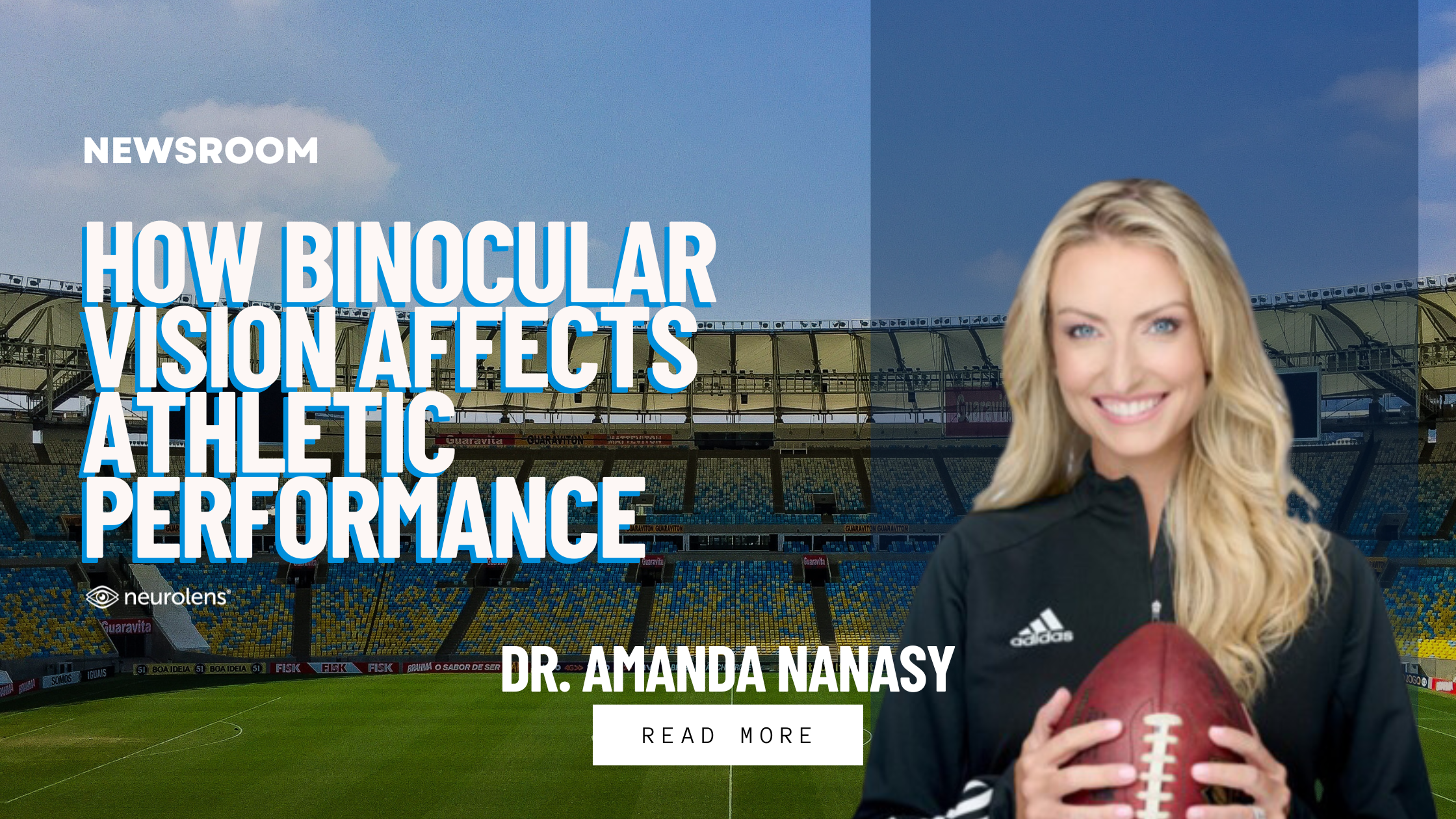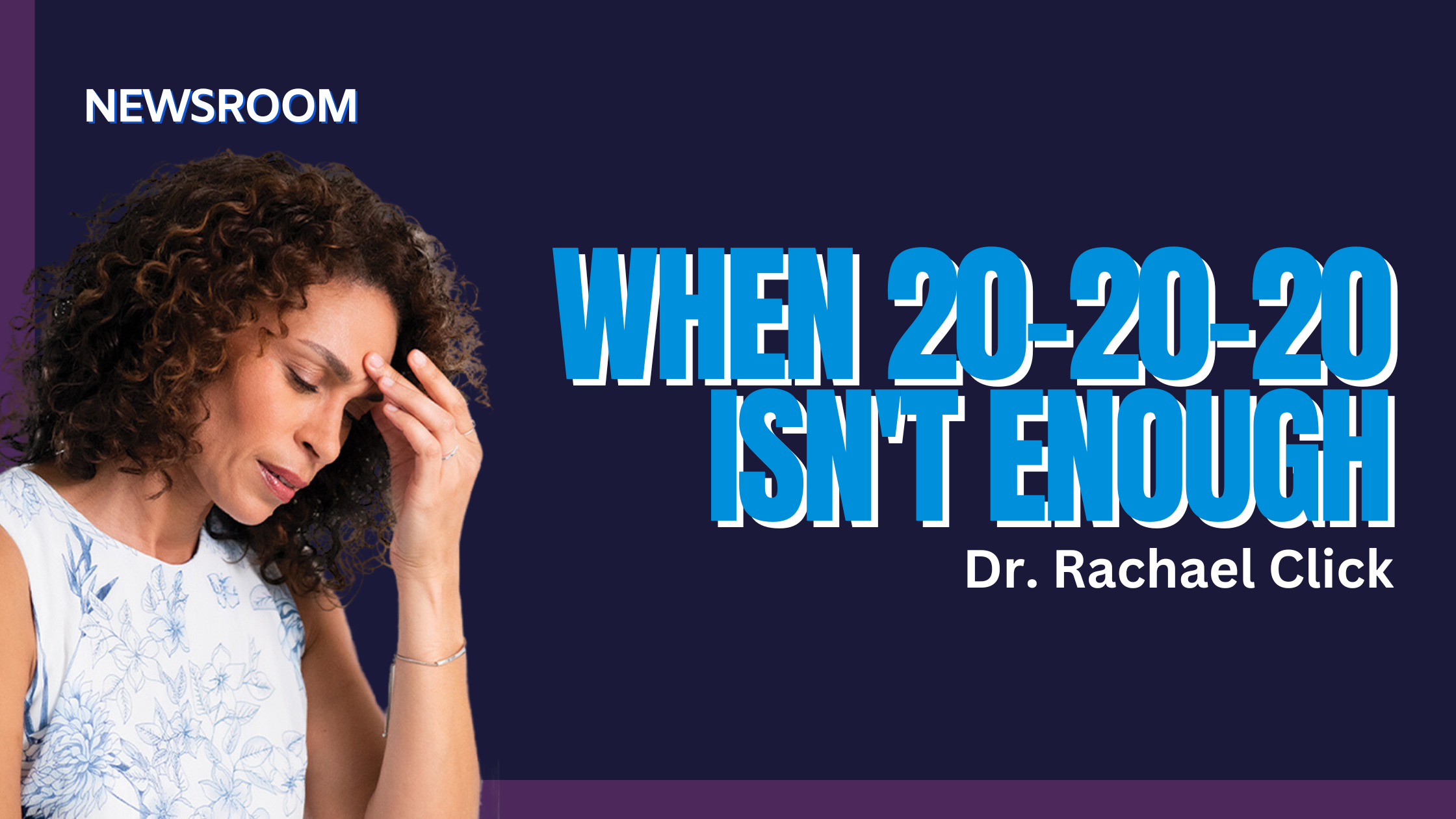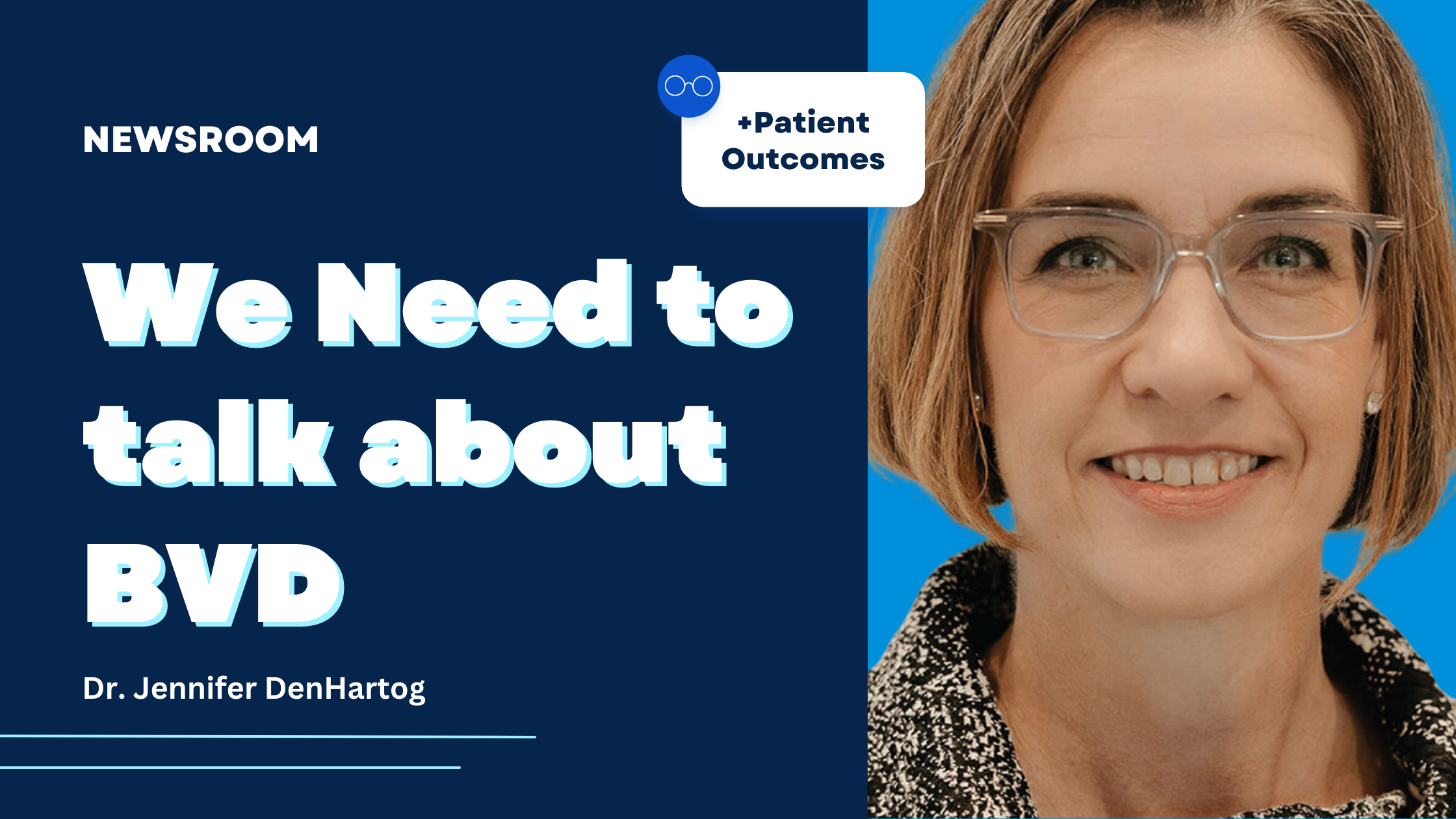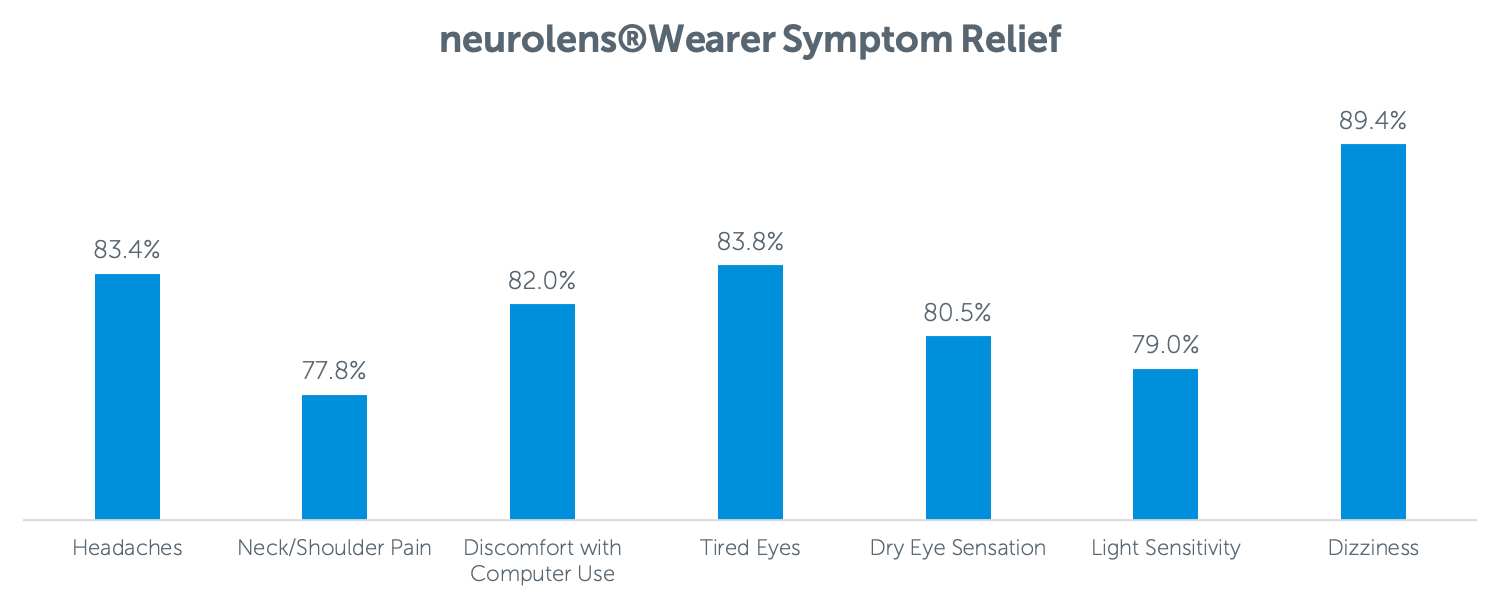
Simplifying Phorias: An Optical Solution to Common Medical Issues
Undoubtedly, many of my colleagues in eyecare have noticed an increase in patient complaints of various issues related to eyestrain. This development is especially alarming in light of research that suggests that only one in ten patients report these issues to their eye doctor. Many of these issues are subtle, and most patients are unaware that their optometrist has the tools and expertise to address these problems. Since the start of the pandemic, virtually everyone is spending more time indoors using all types of electronic devices and exacerbating their level of eyestrain. Many of these patients are prone to headaches and neck tension, and many even report dizziness. Uncovering patients’ eye misalignment is the key to unlocking relief for 80-90% of these patients. However, as we all know, accuracy in measuring binocular vision can be elusive.
Brian Regan has a comedy routine about the stress many patients feel when they visit their optometrist; stress related to being asked to quickly and accurately answer a battery of testing questions that they may not fully understand. Unfortunately, this perspective is very relatable. We were all taught in school to measure phorias, test binocular vision and prescribe prism; but we consistently rely on subjective responses from patients who are unlikely to fully grasp the intricacies of the measurements. Doubt arises and the question of reliability is ever-present.
The problem regarding prism correction can be viewed much like using a computer. The computer appears to work well until you have experienced a faster or more powerful computer. Prescribing prism is comparable, in that you don’t know what you are missing until you experience something better. Prescribing prism in increments of 0.1 PD was virtually unheard of until recently. Our testing before was inconsistent, too subjective and, in many cases, just flat-out inaccurate. This changed for me when I discovered the Neurolens system, and specifically the Neurolens Measurement Device (NMD).
Our practice has 10 offices, 30 associate ODs and over 100 staff. Process and consistency have always been a big priority in ensuring a smooth-running operation. The NMD allows our practices to accurately and efficiently measure our patients’ eye alignment with results that are consistent, repeatable and objective. With this consistency, I know that each of our designated staff can capably perform binocular vision testing, and our doctors can prescribe with confidence. Dr. Vivek Labhishetty, an OD and PhD, recently wrote a white paper comparing traditional prism testing methods to the NMD. Based on his findings, Dr. Labhishetty designed the table below, which illustrates the issues with some of our most common testing compared to the ease and accuracy of the NMD.
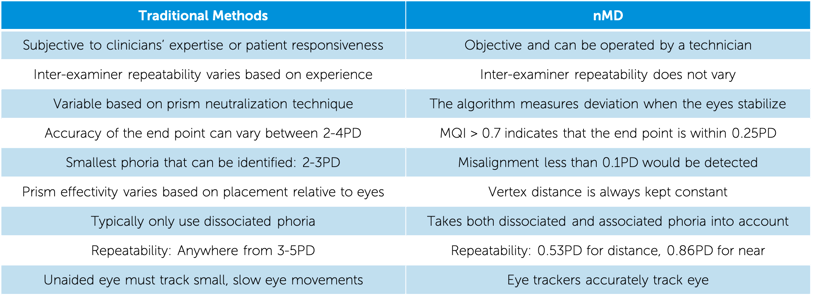
What I most love about Neurolens is that it provides an optical solution to a medical problem, and does so objectively, accurately and repeatably. Within a span of 3-4 minutes, the nMD records 10,000 data points and provides an easy-to-read, understandable patient diagnostic. The key measurement taken is known as the Neurolens value, and this value is used to prescribe Neurolenses with contoured prism. As shown in the chart below, Neurolens correction prescribed based on the Neurolens value has proven highly successful delivering a superior level of symptom relief for patients with various DVS related symptoms such as headaches and neck pain. Unlike conventional prism, Neurolens is a contoured prism design which allows clinicians to provide different amounts of prism at distance and near. Overall, approximately 83% of Neurolens wearers reported improvement in the typically reported DVS symptoms including discomfort with computer use (82%), tired eyes (83.8%), and headaches (83.4%).
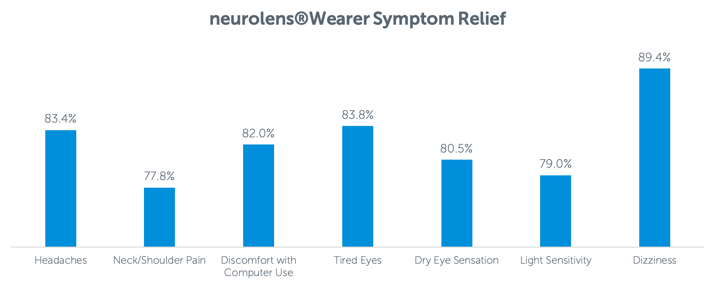
If technology can offer you greater accuracy, better reliability, repeatability, improve efficiency and offer greater profitability, would you not embrace it? We did, and we are thrilled with the results.

Robert M. Allen, O.D.
Dr. Robert M. Allen earned his Bachelor of Science and Doctoral degrees at Pennsylvania College of Optometry. Just one year after graduation, he started Ashburn Eyecare Associates, one of the largest practices in Loudoun County. Not long afterward he became a founding partner of Associates in Eyecare.

